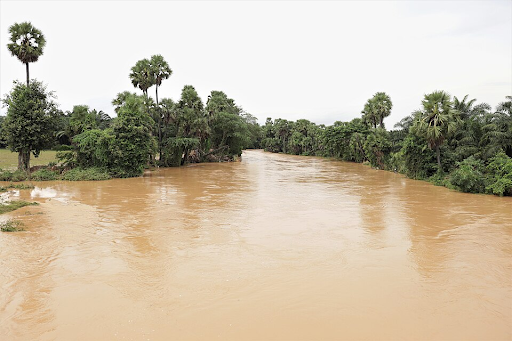Continuous heavy rainfall and flooding have devastated several tea estates across North Bengal’s Alipurduar and Jalpaiguri districts, causing severe crop damage, infrastructure collapse, and disruptions to thousands of workers. According to the Tea Association of India (TAI), the region is facing one of its worst crises in years, with urgent government support needed to prevent long-term economic fallout.
In the Dooars region, Mechpara Tea Estate has lost nearly 30 hectares of plantation and around 2,000 tea bushes after floodwaters breached a 30-foot embankment, destroying roads and culverts. Nagrakata Tea Estate also suffered major losses, with a collapsed factory wall and nearly 10,000 kilograms of processed tea washed away. Essential roads and bridges used by local communities have been rendered impassable.
The Chengmari Tea Estate, one of Asia’s largest plantations, reported the most extensive destruction—about 300 hectares submerged, 50,000 tea bushes lost, and facilities including 12 bridges, 150 labor quarters, and a hospital severely damaged. Losses are estimated at over ₹5 crore. Other estates such as Rheabari, Kurti, and Moraghat also remain submerged, facing damages worth several crores.
Industry representatives warned that without swift intervention and flood protection measures, the livelihoods of thousands of tea workers and the long-term viability of North Bengal’s tea industry could be at serious risk.

